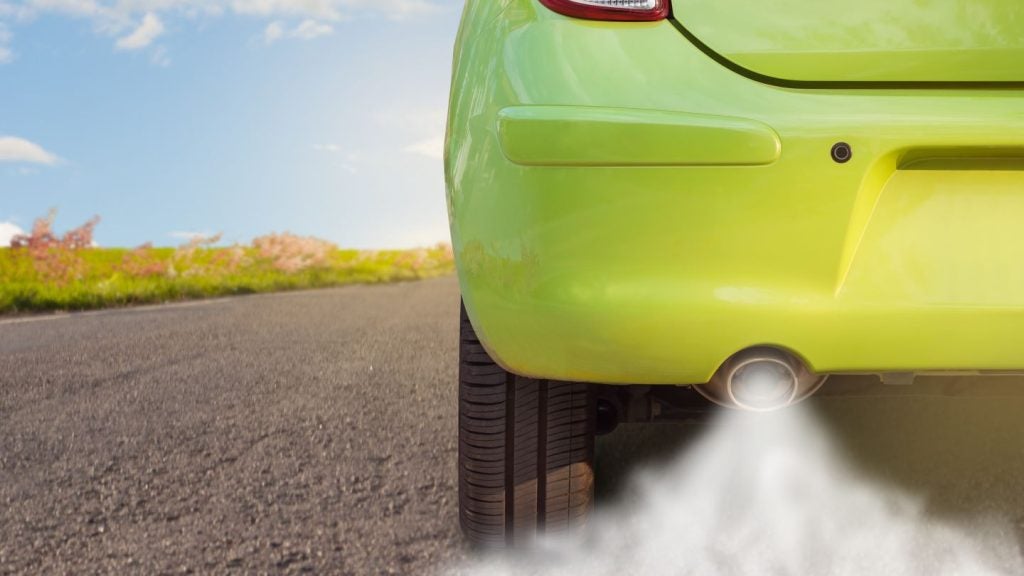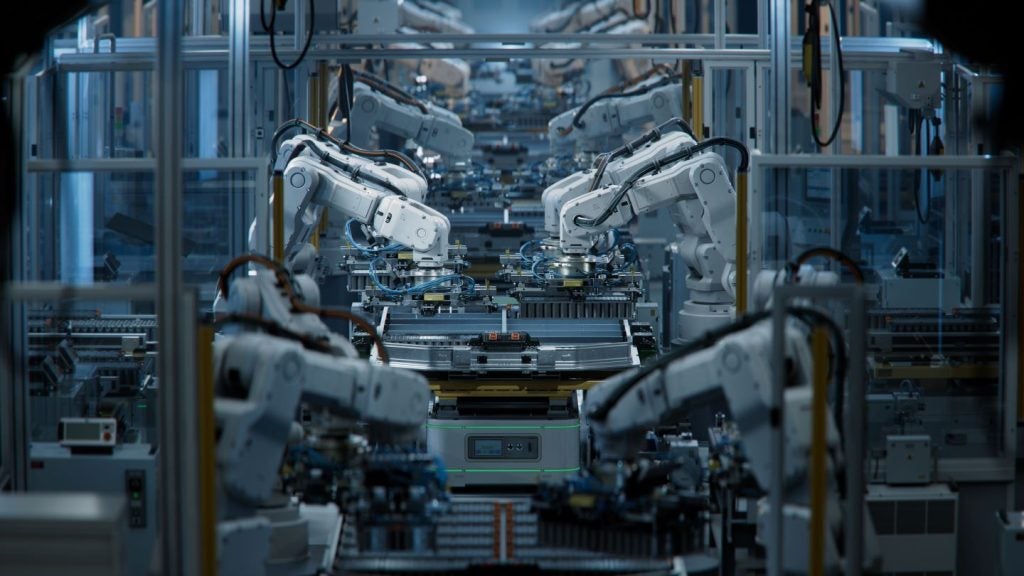While the pandemic is still having wide-ranging repercussions for the automotive sector, OEMs are still seemingly reaping benefits. But is the success sustainable?
Manufacturers including Toyota, Honda, Nissan, BMW, Stellantis, Renault and others have reported record growth/expectations in revenue and profit margins for H1 or are raising guidance for the rest of the year.
The post-pandemic surge in sales and pent-up demand have undoubtedly been growth drivers but additionally reduced cost bases due to hampered production, sales, marketing and aftermarket activities have inflated revenues and operating profits this year.
However, these operational factors are overshadowed by a kind of Covid-19 dividend that has had a one-off effect on company operations. These one-off effects relate indirectly to the pandemic in the shape of the chip shortage. The genesis of the chip shortage has been extensively covered here and elsewhere.
Simply, a shortage of supply coupled with elevated demand has pushed up prices to the benefit of the OEMs. This manifests itself with improved profitability at captive finance arms of the OEMs due to higher residual values emanating from used vehicle market supply constraints and from the realization of higher transaction prices for new vehicles.
For most OEMs, strong sales recovery in the US and China contributed to the higher revenues. High-margin premium brands are doing particularly well and globally there has been a significant increase in transaction prices, most apparent in the US, that has inflated revenues.
How well do you really know your competitors?
Access the most comprehensive Company Profiles on the market, powered by GlobalData. Save hours of research. Gain competitive edge.

Thank you!
Your download email will arrive shortly
Not ready to buy yet? Download a free sample
We are confident about the unique quality of our Company Profiles. However, we want you to make the most beneficial decision for your business, so we offer a free sample that you can download by submitting the below form
By GlobalDataFurther, with the increased preference for personal mobility, the higher transaction prices for new, as well as used cars, has seen more customers opt for long-term financing.
Captive finance arms of auto OEMs have been the key beneficiary of the situation, strengthening companies’ top and bottom-line, but is this sustainable? There is a slew of other factors that have positively impacted revenues and profit margins. Pandemic-led strategic adjustments by automakers such as capacity optimisation, stimulating product line-ups and a focus on profitable models (due to the chip shortage) have all helped.
Most OEMs see that Covid-19 and existing chip shortages are beginning to materially affect sales volumes. This is especially true in the US, Japan and China. The choking of sales into the second half of the year leads us to doubt whether recent record profits and margins are sustainable for the OEMs.
GlobalData’s world light vehicle sales forecast for the year has recently been downgraded to 84.7m, an 11.9% increase on 2020 but still almost 5% down on 2019’s total. The diminution in the sales outlook removes one support for the recent sky-high economic and financial performance of the OEMs.
The year’s sales outlook is moving beyond being driven mainly by infection rates and accompanying lockdowns to being more affected by ongoing supply chain disruption. Whether the OEMs can continue to manipulate profitability levers in the way that they have done up to now is a moot point.







